Britain's David Cameron admits profiting from offshore trust unveiled in Panama Papers leak

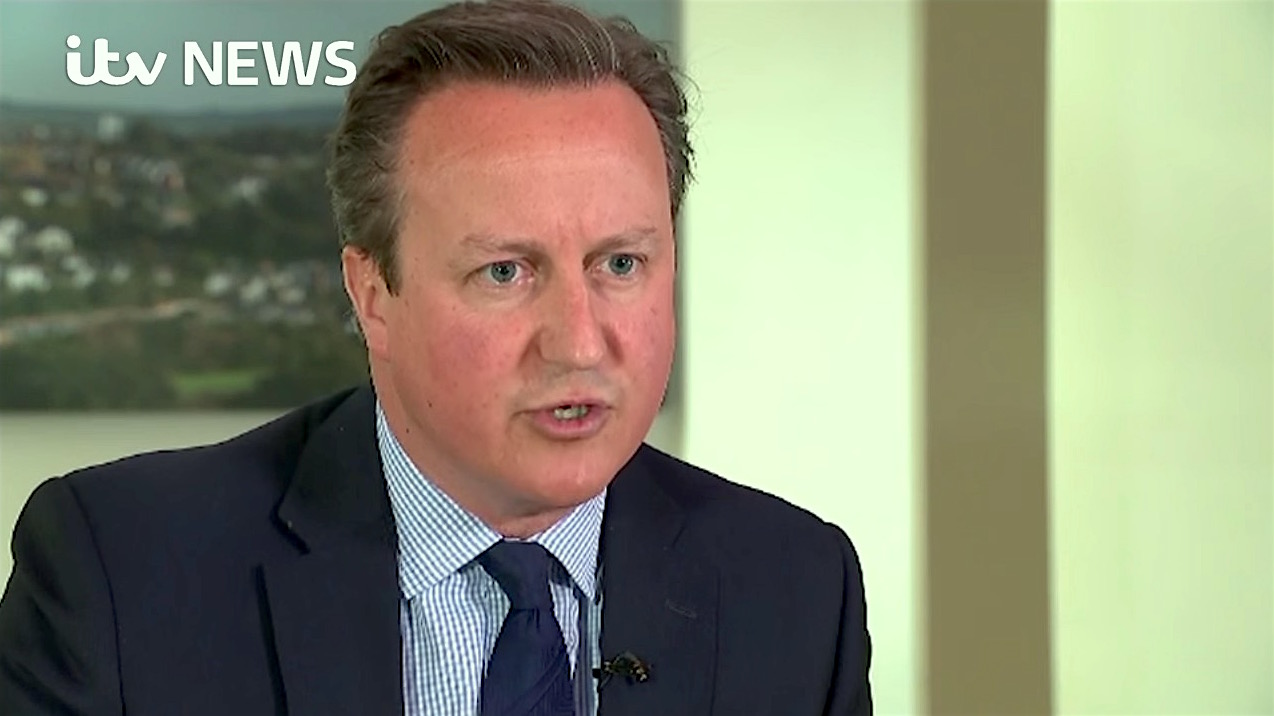
On Thursday evening, British Prime Minister David Cameron acknowledged that he and his wife had owned shares in an offshore investment trust, Blairmore Holdings, that his late stockbroker father had set up in Panama in 1982. The account, whose ownership was revealed in this week's Panama Papers leak, was not set up to avoid taxes, Cameron said, and he did not personally commit any tax fraud through his holdings and doesn't "have anything to hide."
"Samantha and I had a joint account and we owned 5,000 units in Blairmore investment trust which we sold in January 2010, that was worth something like £30,000," or about $50,000, Cameron told ITV. "I paid income tax on the dividends, but there was a profit on it, but that was less than the capital gains tax allowance, so I didn't pay capital gains tax, but it was subject to all the UK taxes in all the normal ways." The prime minister's office said that Cameron and his wife had purchased their shares in April 1997 for £12,497 and sold them for £31,500, before Cameron became prime minister. The personal allowance for capital gains taxes in 2010 was £10,100 per person, BBC News reports.
The opposition Labour Party criticized Cameron's "extraordinary admission," after days of vague answers about Blairmore from his office. "David Cameron, who described the use of complex tax avoidance schemes as 'morally wrong,' has been forced to admit that he held shares in a fund now linked to tax avoidance," said deputy Labour leader Tom Watson. Cameron will release his tax returns as early as next week, BBC News says. You can watch Cameron explain his investment and defend his father and Blairmore in the video below. Peter Weber
The Week
Escape your echo chamber. Get the facts behind the news, plus analysis from multiple perspectives.

Sign up for The Week's Free Newsletters
From our morning news briefing to a weekly Good News Newsletter, get the best of The Week delivered directly to your inbox.
From our morning news briefing to a weekly Good News Newsletter, get the best of The Week delivered directly to your inbox.
A free daily email with the biggest news stories of the day – and the best features from TheWeek.com
Peter has worked as a news and culture writer and editor at The Week since the site's launch in 2008. He covers politics, world affairs, religion and cultural currents. His journalism career began as a copy editor at a financial newswire and has included editorial positions at The New York Times Magazine, Facts on File, and Oregon State University.
-
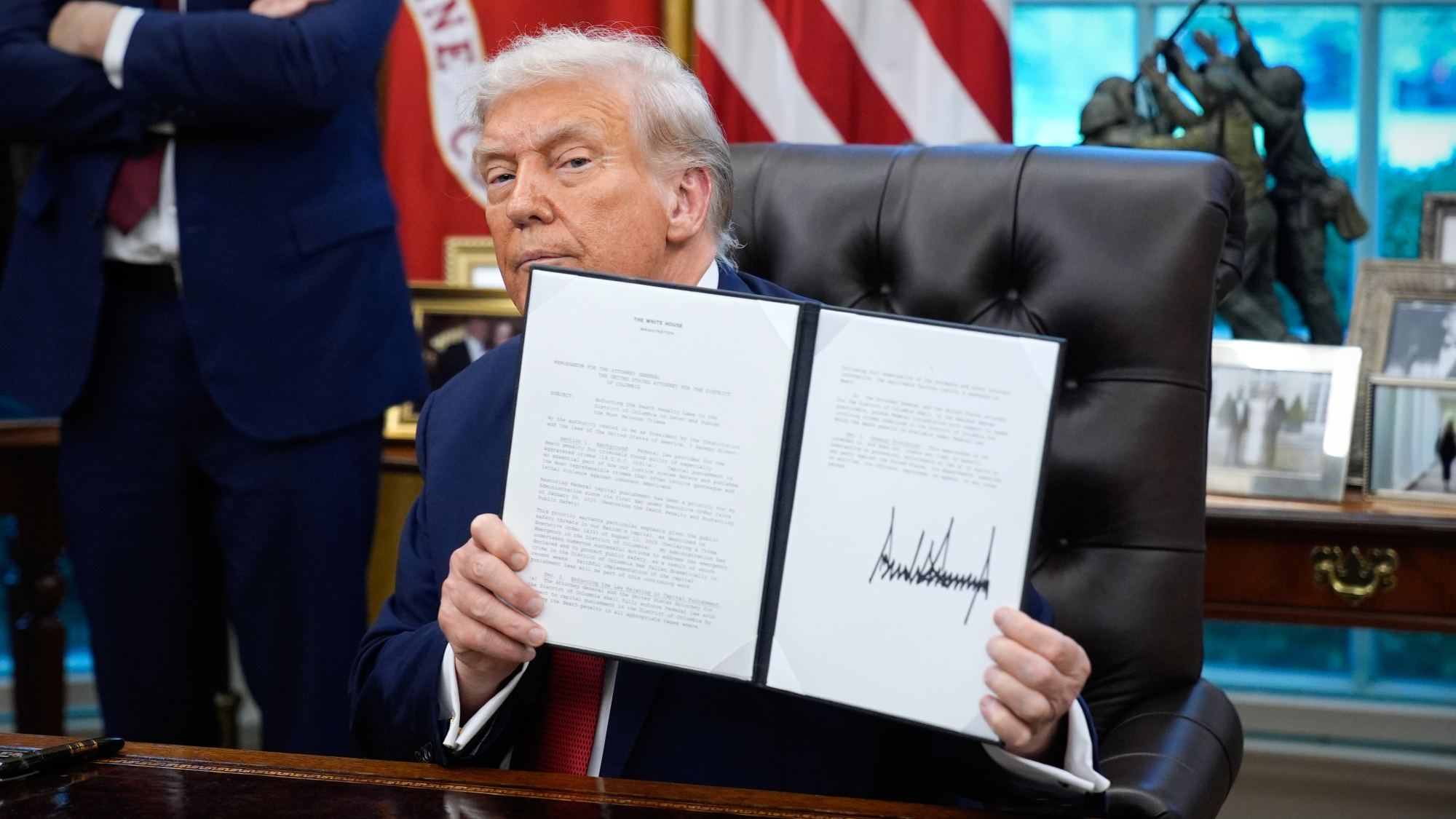 TikTok secures deal to remain in US
TikTok secures deal to remain in USSpeed Read ByteDance will form a US version of the popular video-sharing platform
-
 Unemployment rate ticks up amid fall job losses
Unemployment rate ticks up amid fall job lossesSpeed Read Data released by the Commerce Department indicates ‘one of the weakest American labor markets in years’
-
 US mints final penny after 232-year run
US mints final penny after 232-year runSpeed Read Production of the one-cent coin has ended
-
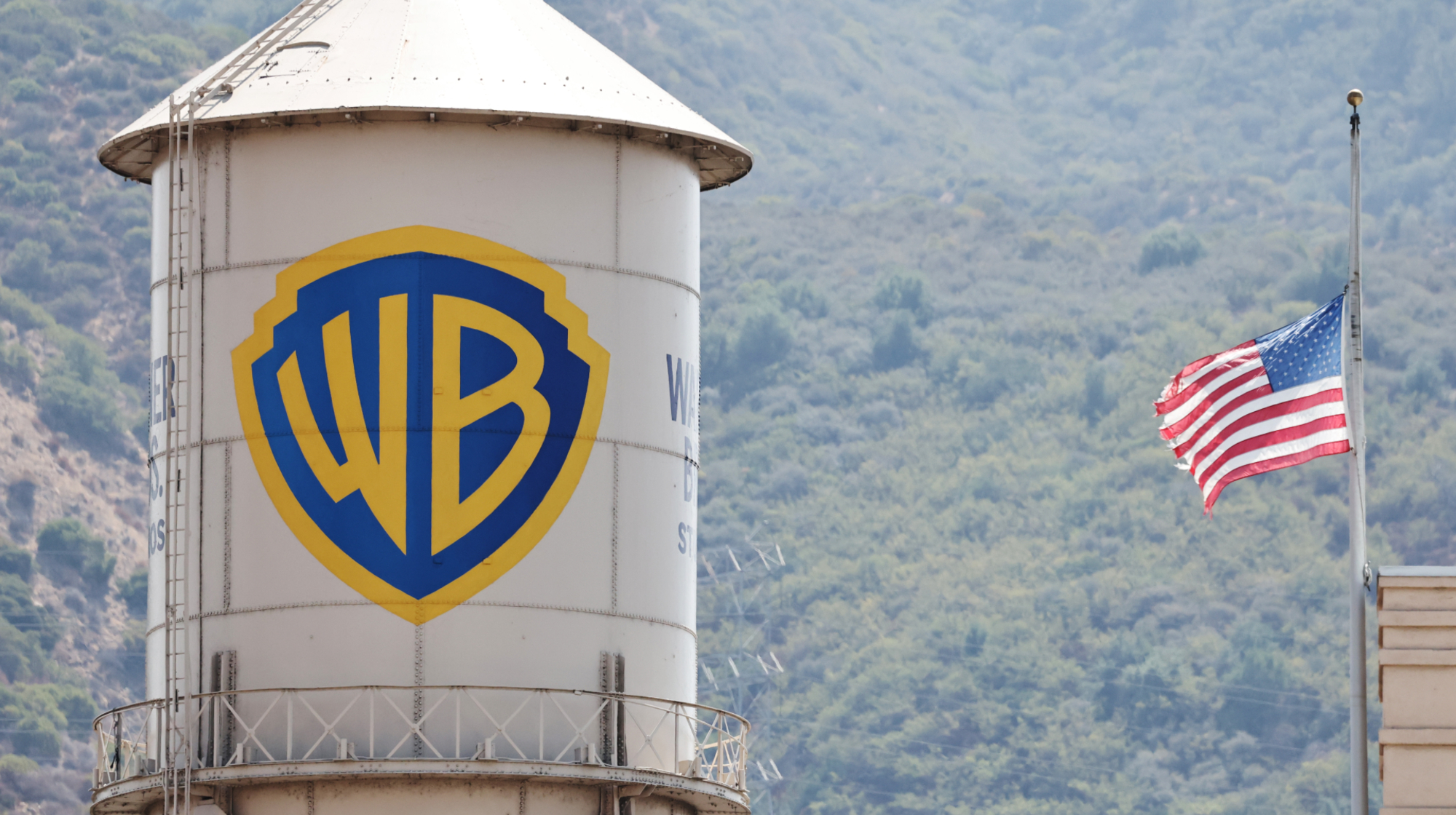 Warner Bros. explores sale amid Paramount bids
Warner Bros. explores sale amid Paramount bidsSpeed Read The media giant, home to HBO and DC Studios, has received interest from multiple buying parties
-
 Gold tops $4K per ounce, signaling financial unease
Gold tops $4K per ounce, signaling financial uneaseSpeed Read Investors are worried about President Donald Trump’s trade war
-
 Electronic Arts to go private in record $55B deal
Electronic Arts to go private in record $55B dealspeed read The video game giant is behind ‘The Sims’ and ‘Madden NFL’
-
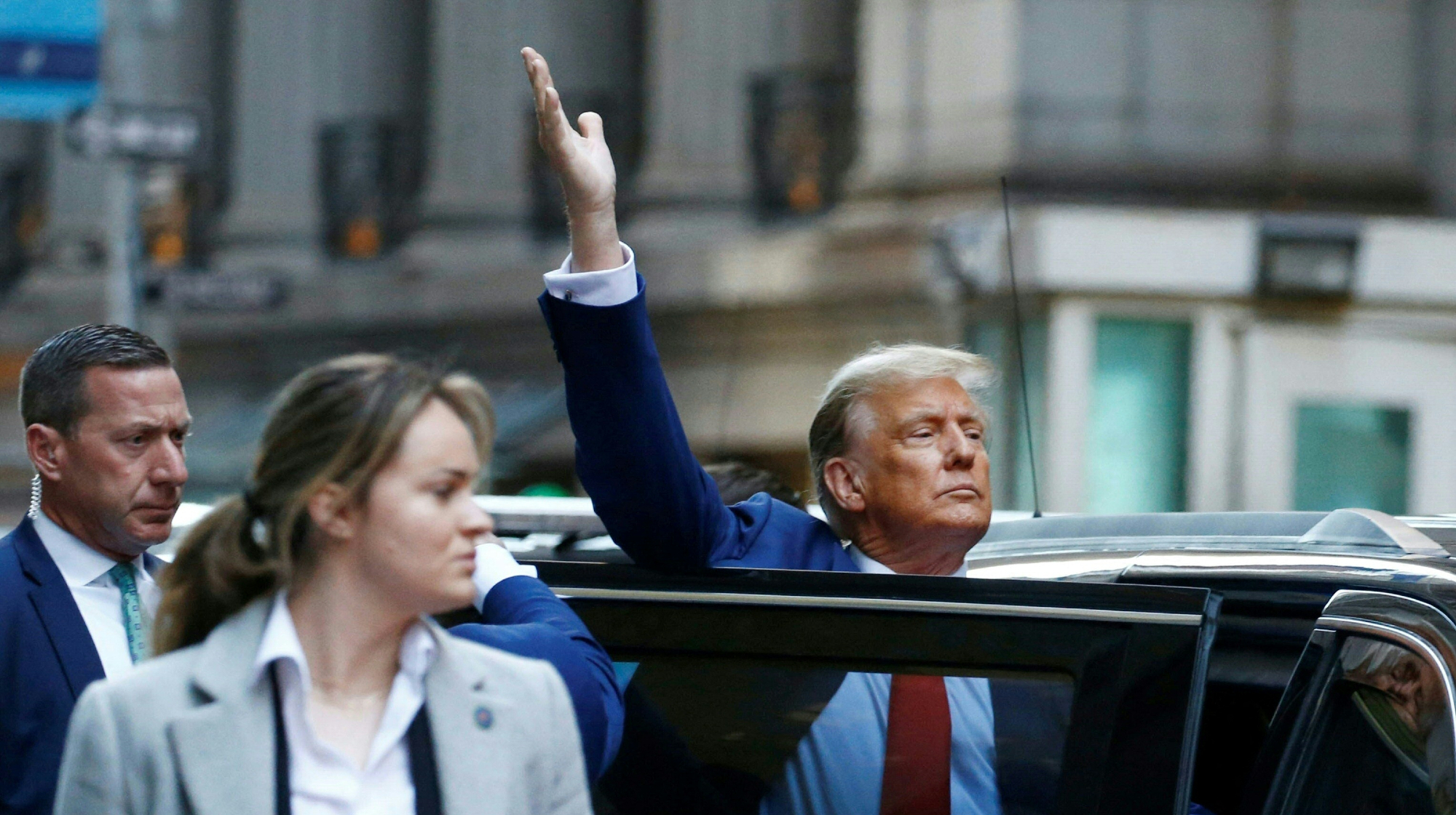 New York court tosses Trump's $500M fraud fine
New York court tosses Trump's $500M fraud fineSpeed Read A divided appeals court threw out a hefty penalty against President Trump for fraudulently inflating his wealth
-
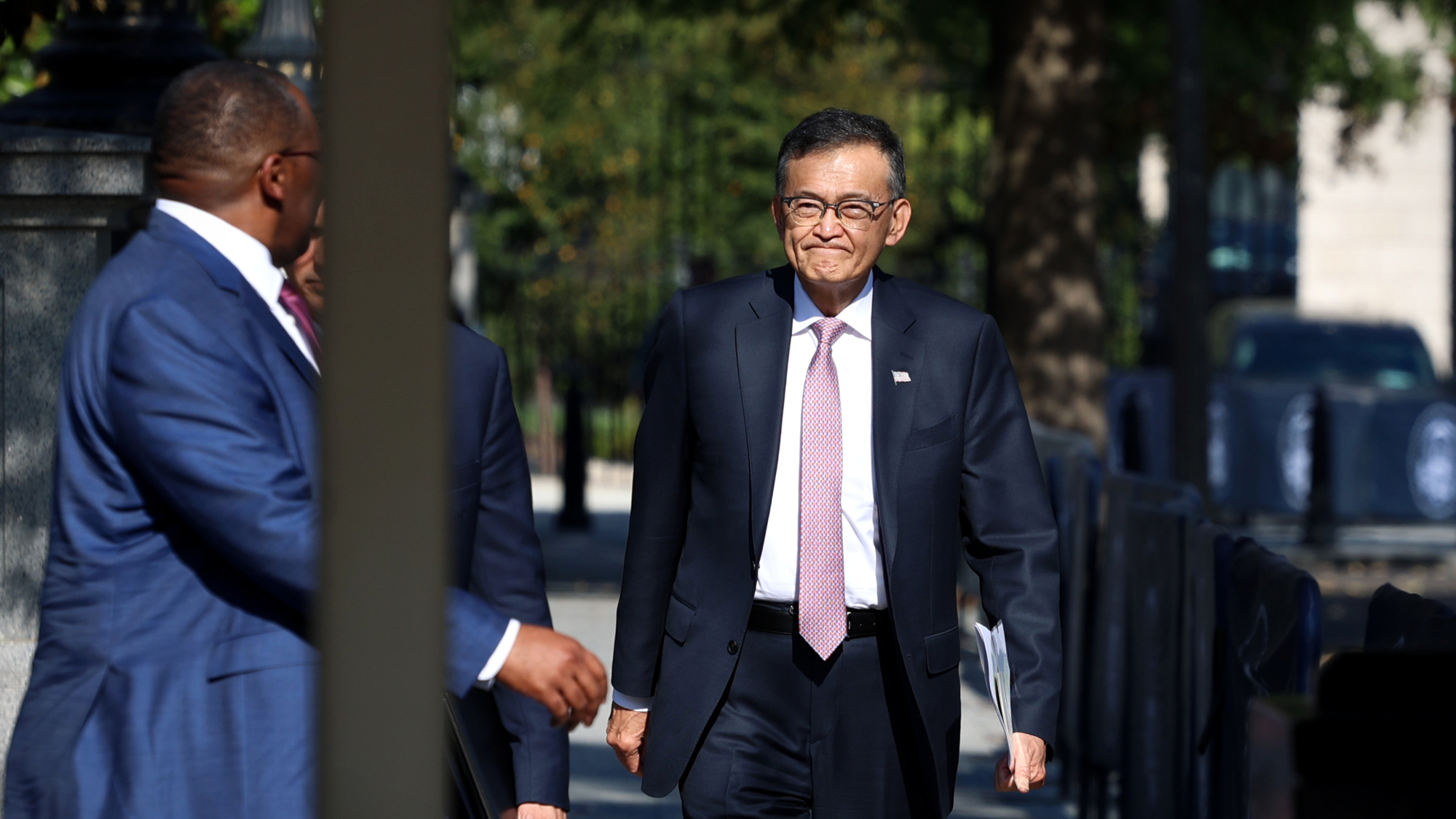 Trump said to seek government stake in Intel
Trump said to seek government stake in IntelSpeed Read The president and Intel CEO Lip-Bu Tan reportedly discussed the proposal at a recent meeting



